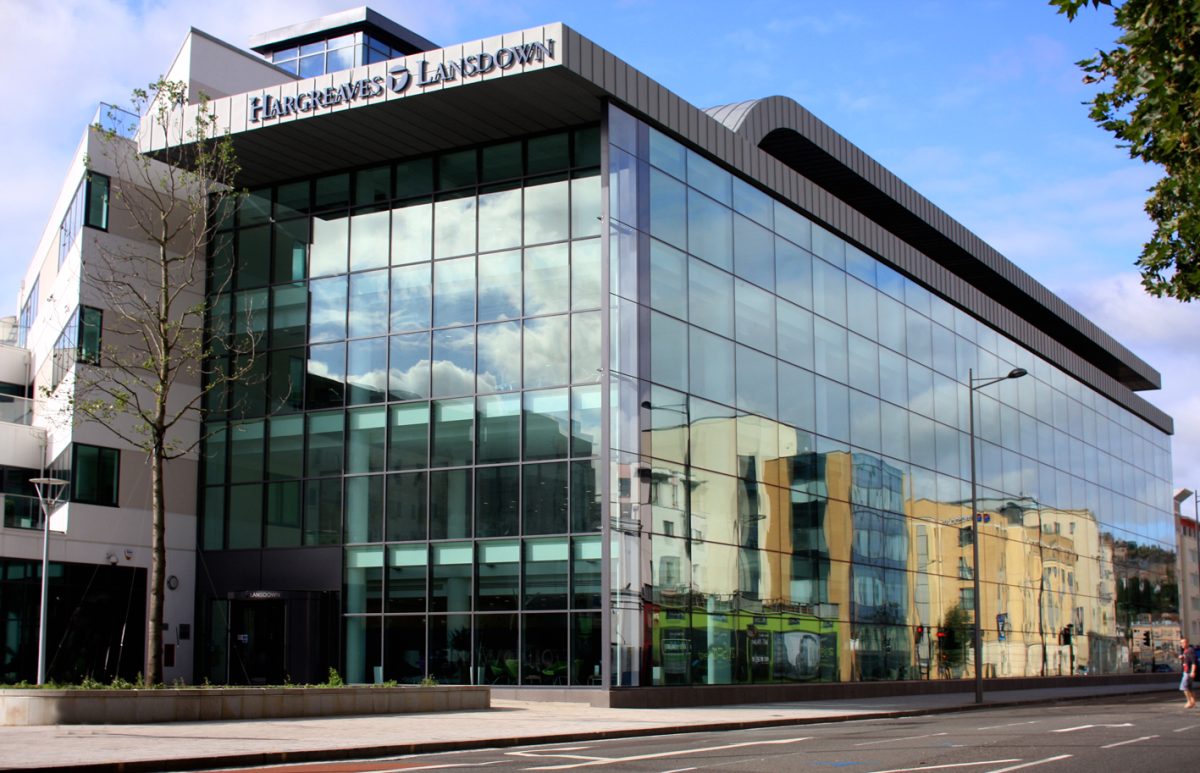Norway detects radioactive cesium-137 near Russian border, launches investigation
Norway detected elevated Cesium-137 near the Russian border, higher than normal but posing no risk to humans or the environment. Possible sources include nuclear reactors, forest fires, or weapons testing at Russian sites in the area.


Traces of radioactive Cesium-137 have been detected along Norway’s border with Russia, according to a report by The Barents Observer on 17 September. The Norwegian Radiation and Nuclear Safety Authority (DSA) detected radioactivity in air filters at Viksjøfjell mountain and Svanhovd research center during the second week of September. However, other filters in northern Norway and Finnish Lapland showed no elevated cesium levels during the same period.
Bredo Møller from DSA’s Emergency Preparedness unit at Svanhovd told The Barents Observer,
“The levels are clearly higher than normal, but pose no risk to humans or the environment,” he said, reporting concentrations of 5 µBq/m³ at both Svanhovd and Viksjøfjell filter stations between 5-16 September, and adding: “We will not be surprised if these are also at the same level as what we have seen today.”
The origin of the Cesium-137 remains unknown, while no other radioactive isotopes were found in the filters, and similar measurements have not been reported from the Russian side of the border.
The Barents Observer reported ongoing activities at the Pankovo test site on Novaya Zemlya, where Russian weapons designers have been working on the Burevestnik nuclear-powered cruise missile.
“Russian weapons designers from Rosatom have all summer and early autumn been working at the Pankovo test site at Novaya Zemlya,” Barents Observer wrote.
Though there are no official reports of Burevestnik testing, the Barents Observer suggests related activity based on satellite images and sightings of vessels and Rosatom’s Il-76 planes near Pankovo and Rogachevo on Novaya Zemlya.
Related:
- IAEA expands monitoring to include Ukrainian power substations for nuclear safety
- Norway allocates over $53 mn for drones and air defense equipment for Ukraine
- Russia again damages power line to occupied Zaporizhzhia nuclear plant
- Ukraine to begin production of 155mm shells using Norwegian military technologies
- Two nuclear power plant units were disconnected during Russia’s August 26 attack, Ukraine informs IAEA
- Norway to allocate nearly $ 93 million to support Ukraine’s air defense
- Norway donates $ 45 mn in mortar ammunition to Ukraine
- Norway to send $ 258 million to bolster Ukraine’s air defense
- Norway’s top general says NATO has 2-3 years before Russia regains conventional attack capability



